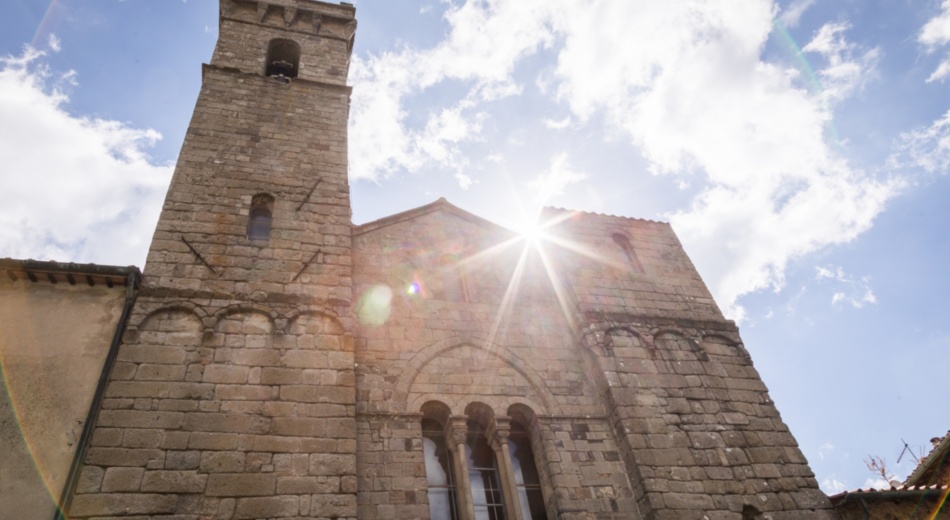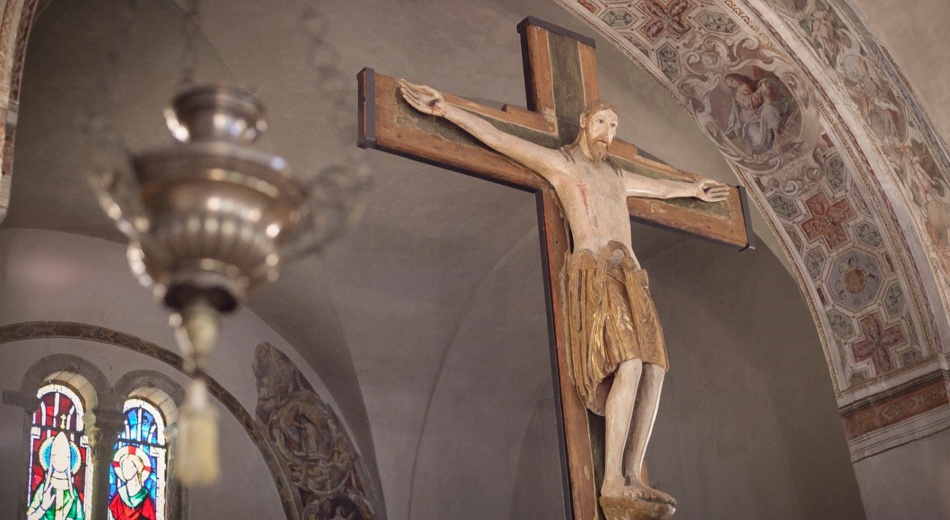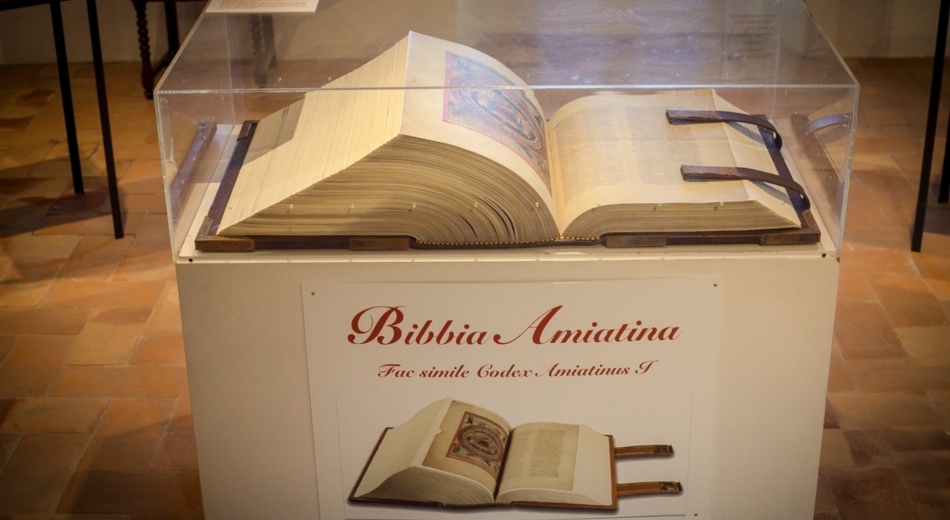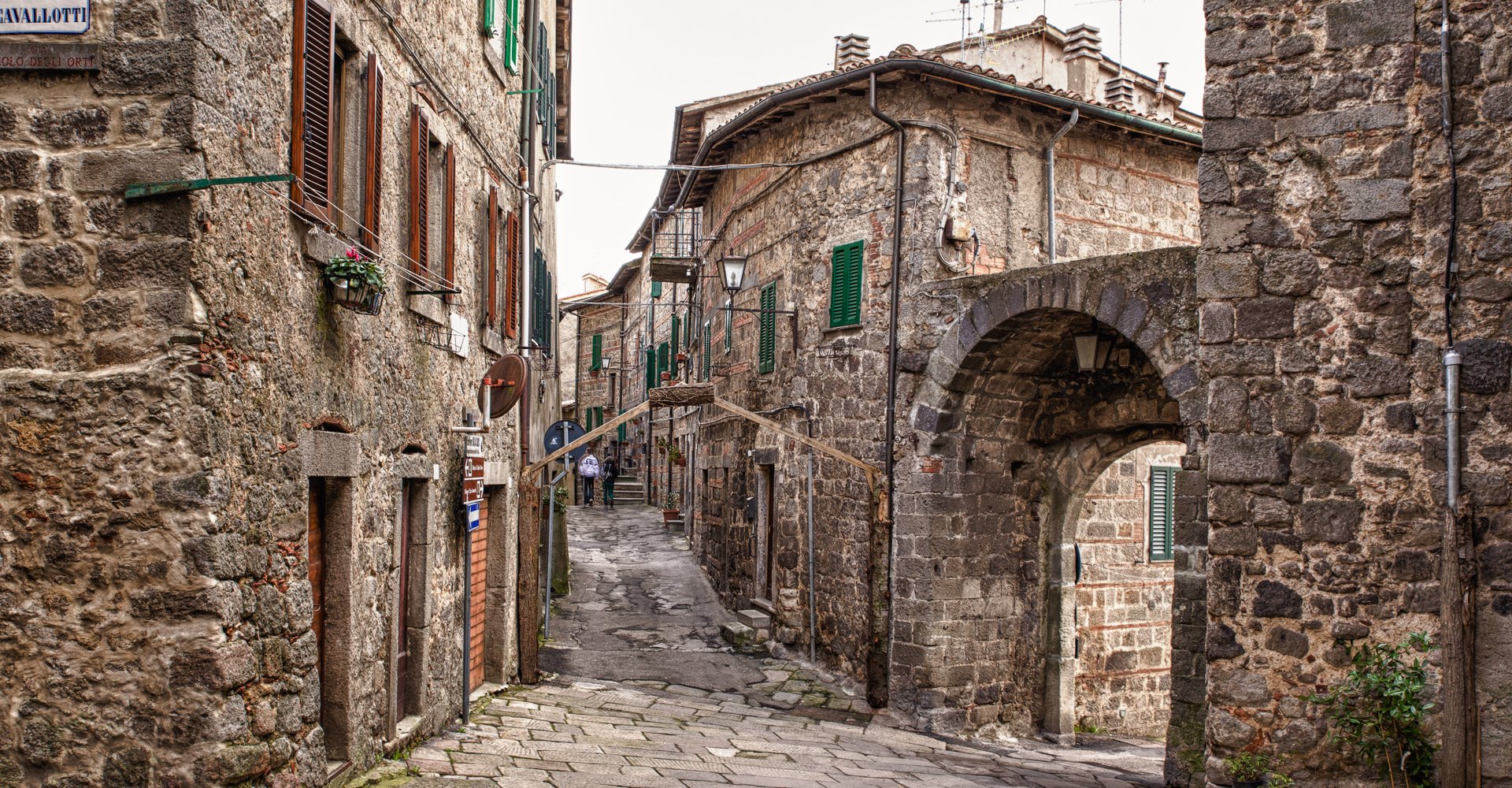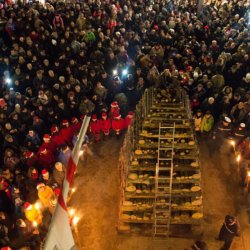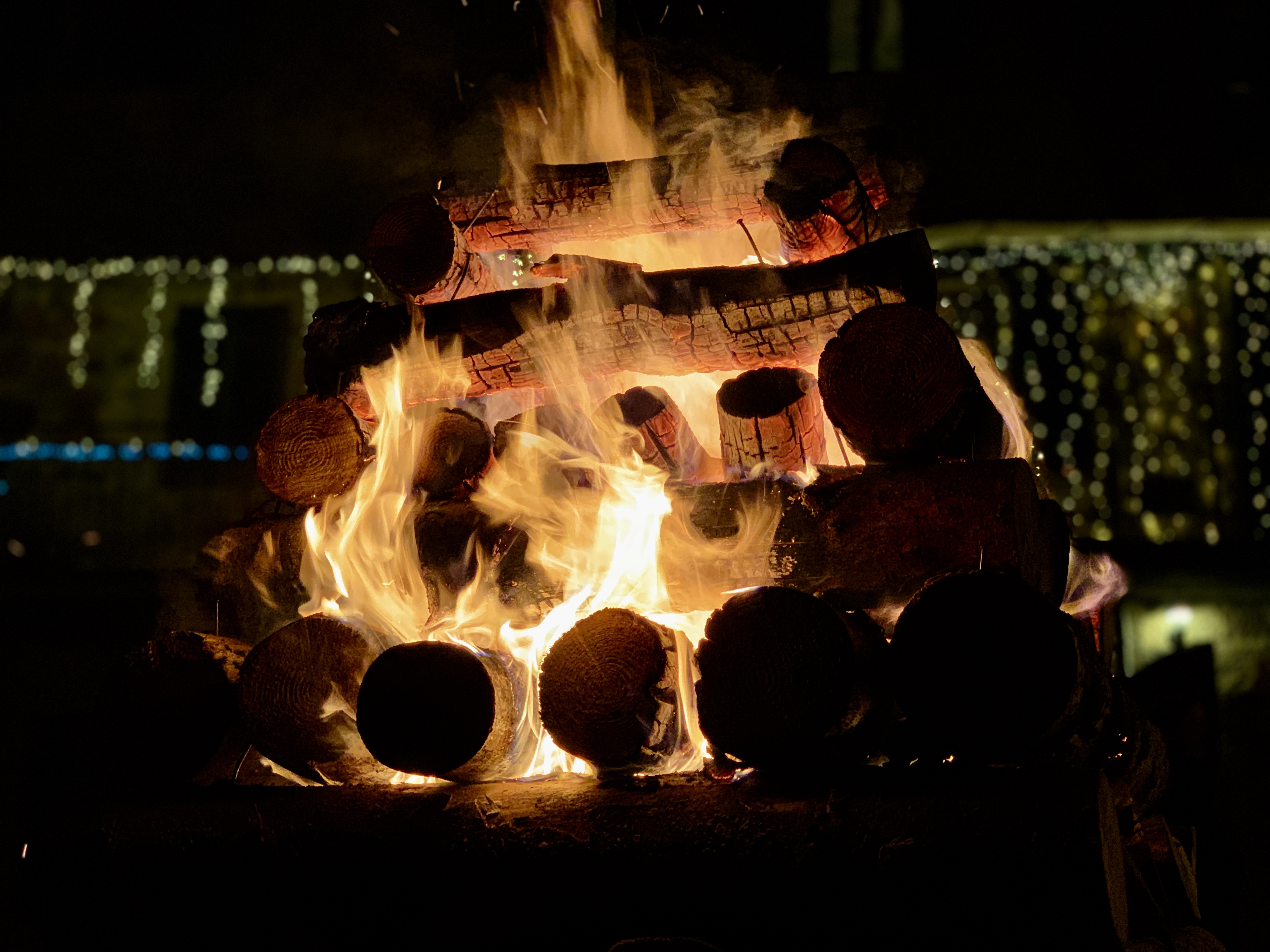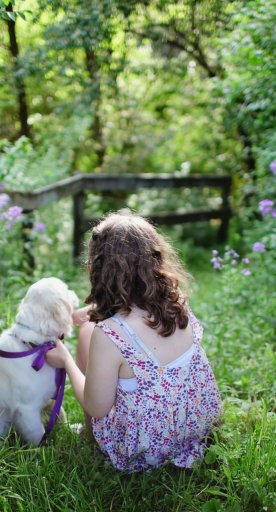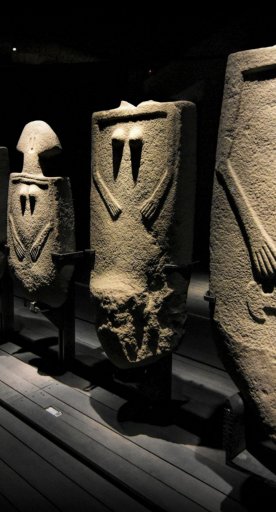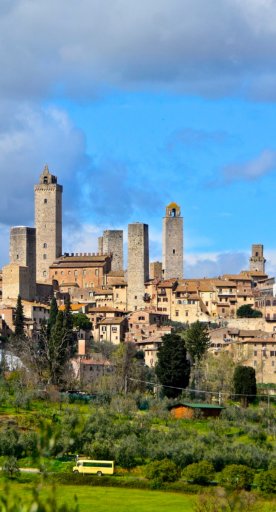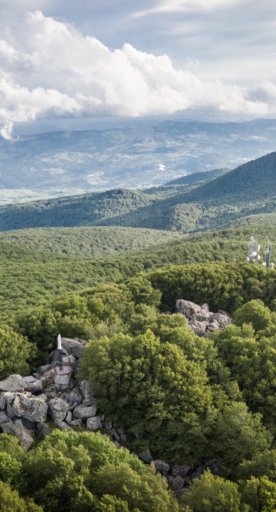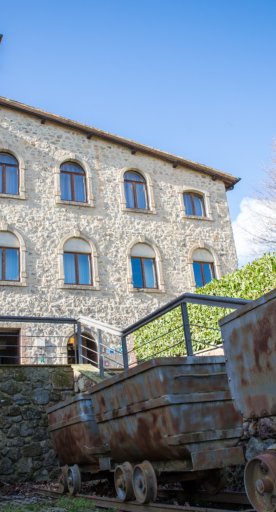The Via Francigena makes a stop in Amiata, among relics and ancient manuscripts
The traces of the first known mention of the "Via Francigena" lead through the woods of the Amiata to the Abbey of San Salvatore, a favorite spiritual destination for wayfarers
Stage 36 of the Via Francigena has a variant that goes from San Quirico d'Orcia up to Abbadia San Salvatore. In early medieval times it was the most traveled by wayfarers on their way to Rome.
Pilgrims followed this elevated path because it was considered safer than the marshy areas of the valley but, above all, because it was an indispensable spiritual stop due to the treasures preserved by the Abbey of San Salvatore.
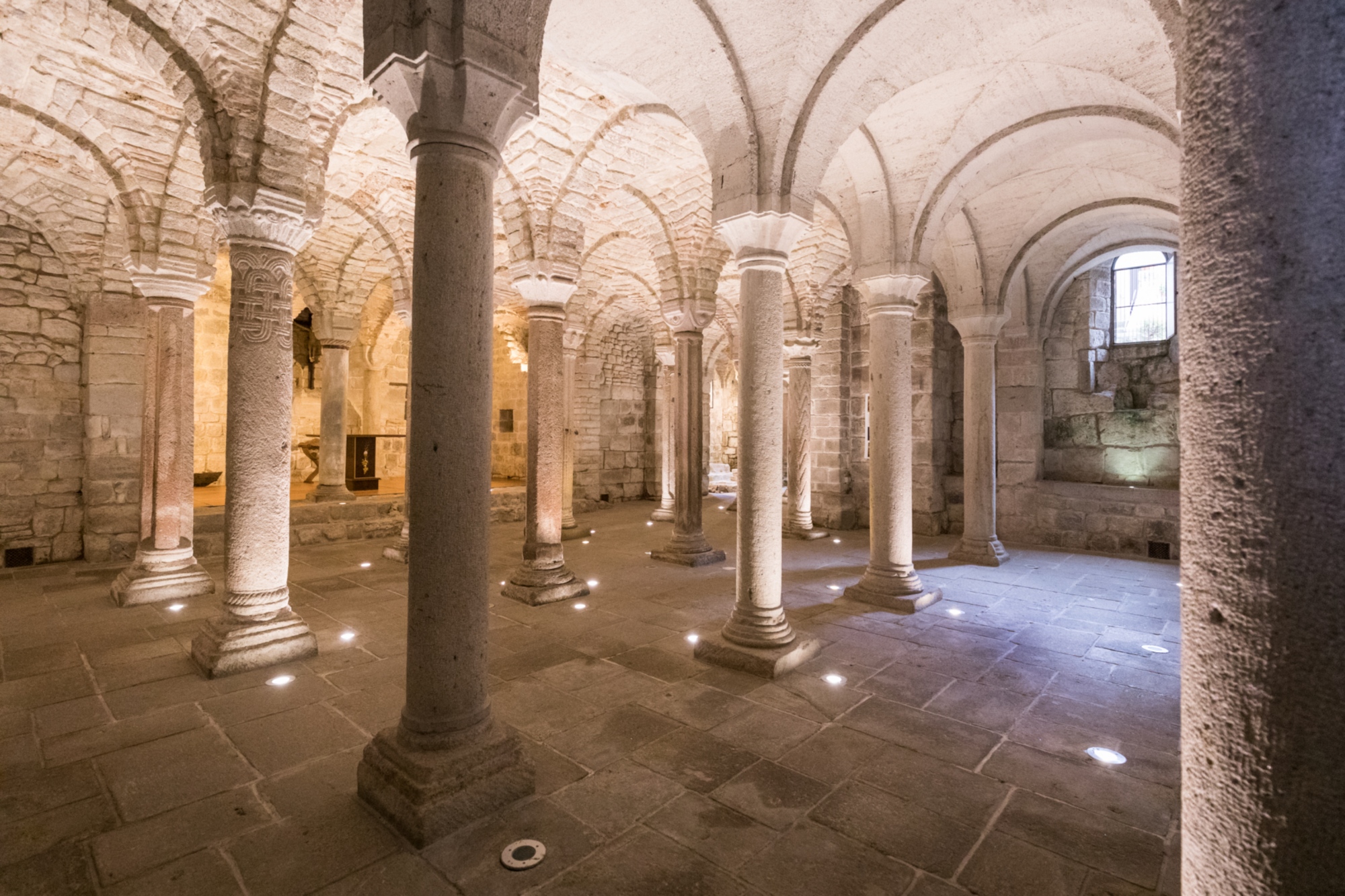
You can still see relics dating back to the Lombard period (including the rare Scotch-Irish casket), the church crypt with 32 columns almost all different from each other, the Amiatine Bible (the Codex Amiatinus, the oldest manuscript of the Bible in its Latin version, preserved as a copy in the church's museum) and also, the wooden crucifix carved by a pilgrim from the Abbey of Vezelay who, while transiting along the Via Francigena, stopped at the Abbey where he carved it in the style of Burgundian Romanesque sculpture.
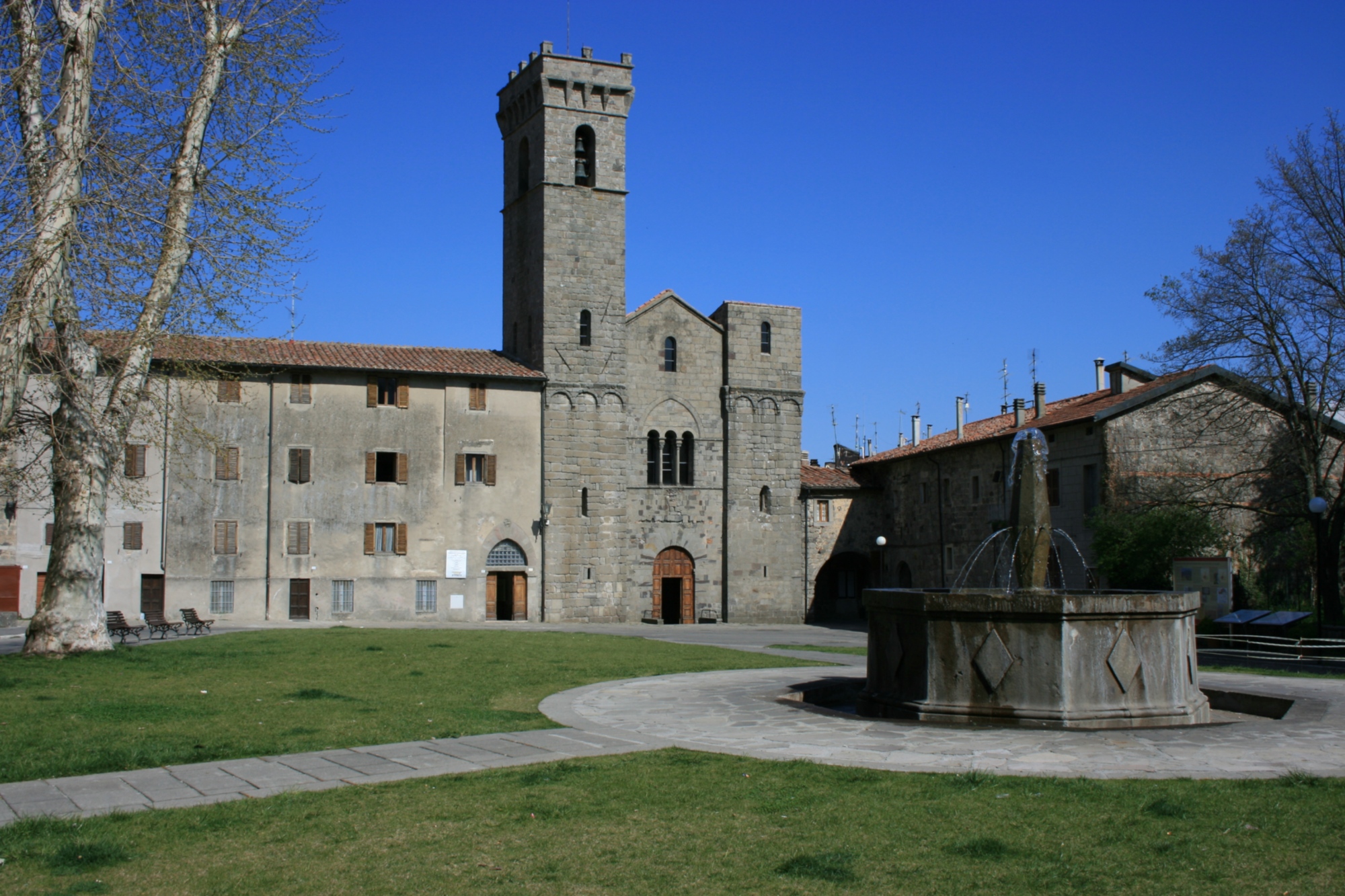
But it is the first ever mention of the Via Francigena, dated 876 AD, that leads on this step of the route. The history of this path begins with the Lombards who, around the 7th century, built a secure road network linking France to Rome.
It was a bundle of routes that, with French rule, acquired the name Via Francigena, of which the very first evidence is found in the Abbey of San Salvatore, where the Codex diplomaticus amiatinus was found: a document dated May 4, 876, which records the first documentary attestation of the Via Francigena.
Today, in order to travel this variant of the stage 36, you need to reach the point where the road deviates from the official route, before the Ricorsi post office. The entire stretch between San Quirico D'Orcia and Abbadia San Salvatore (a municipality with great availability of accommodation) is 32 km long, with a moderately challenging climb. The restart reserves an easy descent: passing, then, the Val di Paglia, at Ponte a Rigo (where there is an active pilgrim hostel), it is possible to rejoin the route of the next stage to Acquapendente.
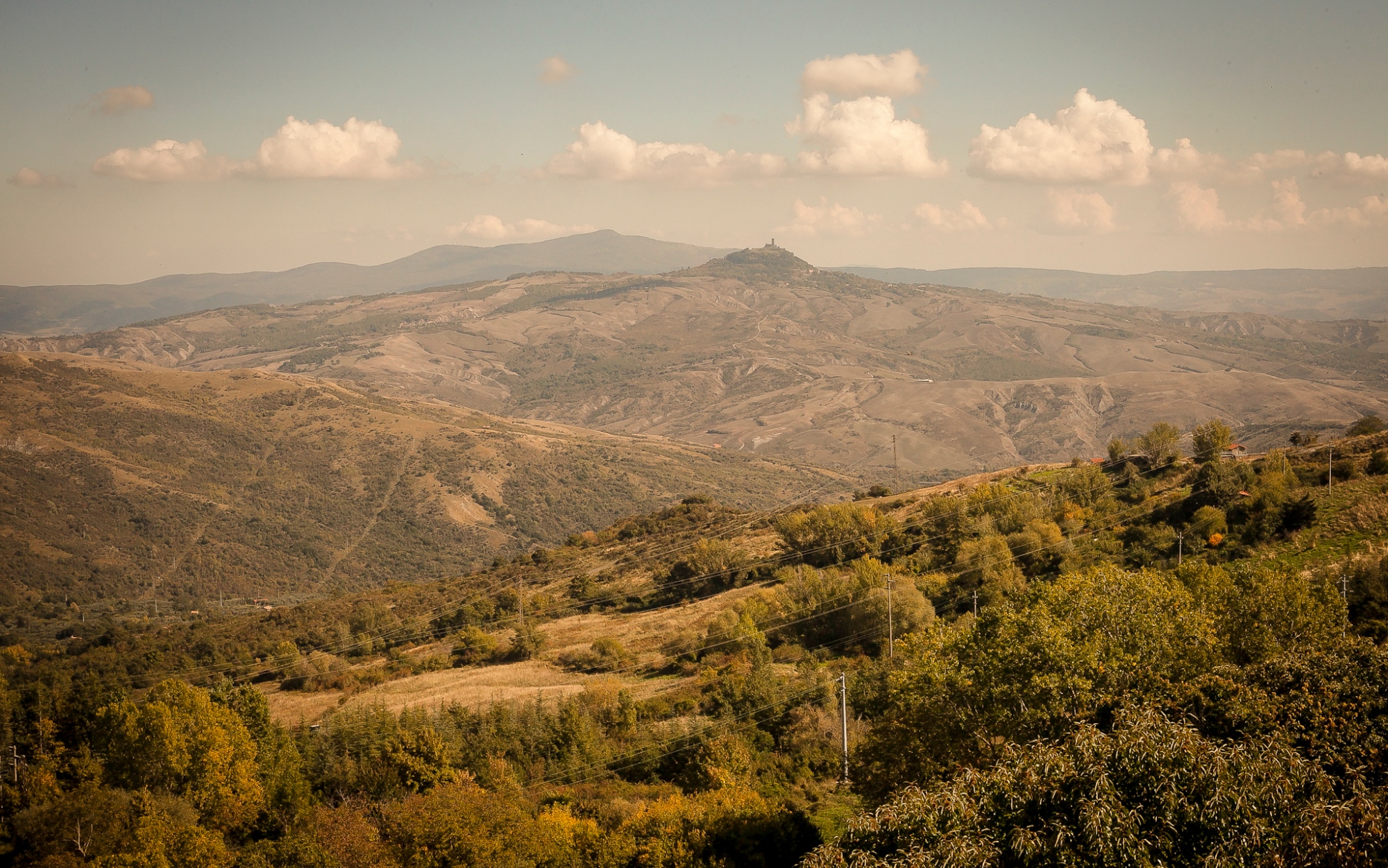
Also attracting wayfarers on this variant are the pleasant views over the valley that opens toward the Val d'Orcia: as we walk, in fact, we catch a glimpse of the Radicofani Fortress on the horizon, which is at the same altitude as Abbadia San Salvatore and is often clearly visible. To take on a hike on this stretch is to be surprised by the chestnut woods along the mountain sides, the golden expanses of wheat and sunflower fields throughout the valley, and the huge dried-up bed of the Paglia River. Since this is a road less traveled, the most frequent encounters are with animals: it is possible, in fact, to come across deer, porcupines, foxes and the flocks of sheep that graze on these lands.
Each season, from May to October, dresses the variant to Abbadia San Salvatore in different colors, smells and emotions, offering a completely original experience for pilgrims and lovers of slow tourism in Tuscany.

